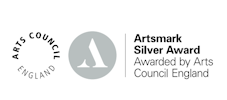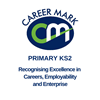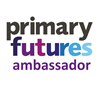Headlice
Unfortunately from time to time children get Head lice. Please read the advice below on how to effectively treat head lice if your child does catch them.
SCHOOL NURSE ADVICE FOR PARENTS ON HEADLICE
CHECKING FOR HEADLICE
- Wash Hair
- Apply conditioner
- Untangle hair with a normal comb / brush, clean after use
- Comb through hair with a headlice (nit) comb, taking small sections of hair at a time
- After each stroke, check the comb foam and comb for lice, wipe the comb on a piece of kitchen towel.
- If any are found check ALL the family in the same way
TREATING HEADLICE
- Wash hair
- Apply conditioner
- Untangle hair with a normal comb / brush, clean after use
- Touching the scalp gently, start from the roots, comb through the hair with a headlice (nit) comb.
- After each stroke check the foam and comb, clean the comb on a piece of kitchen towel
- Continue combing until the whole head has been combed at least twice
HOW OFTEN TO TREAT
- Comb on day 1 – 3 – 5 – 9 – 13 after headlice are found.
- Headlice will continue to hatch from eggs during this time.
- The comb will not remove the eggs only the lice. You must continue to comb on these days if you want to get rid of the problem.
This treatment has been proven to be effective
INFORMATION ON HEADLICE
- Headlice walk from head to head they cannot jump or fly, so tying up long hair in school may help prevent your child from catching headlice.
- They like all hair, clean and dirty.
- Other family members, including adults, may continue to re-infect each other if the whole family is not checked and treated at the same time.
- If a child complains their head is itchy, then they have had headlice for several weeks.



